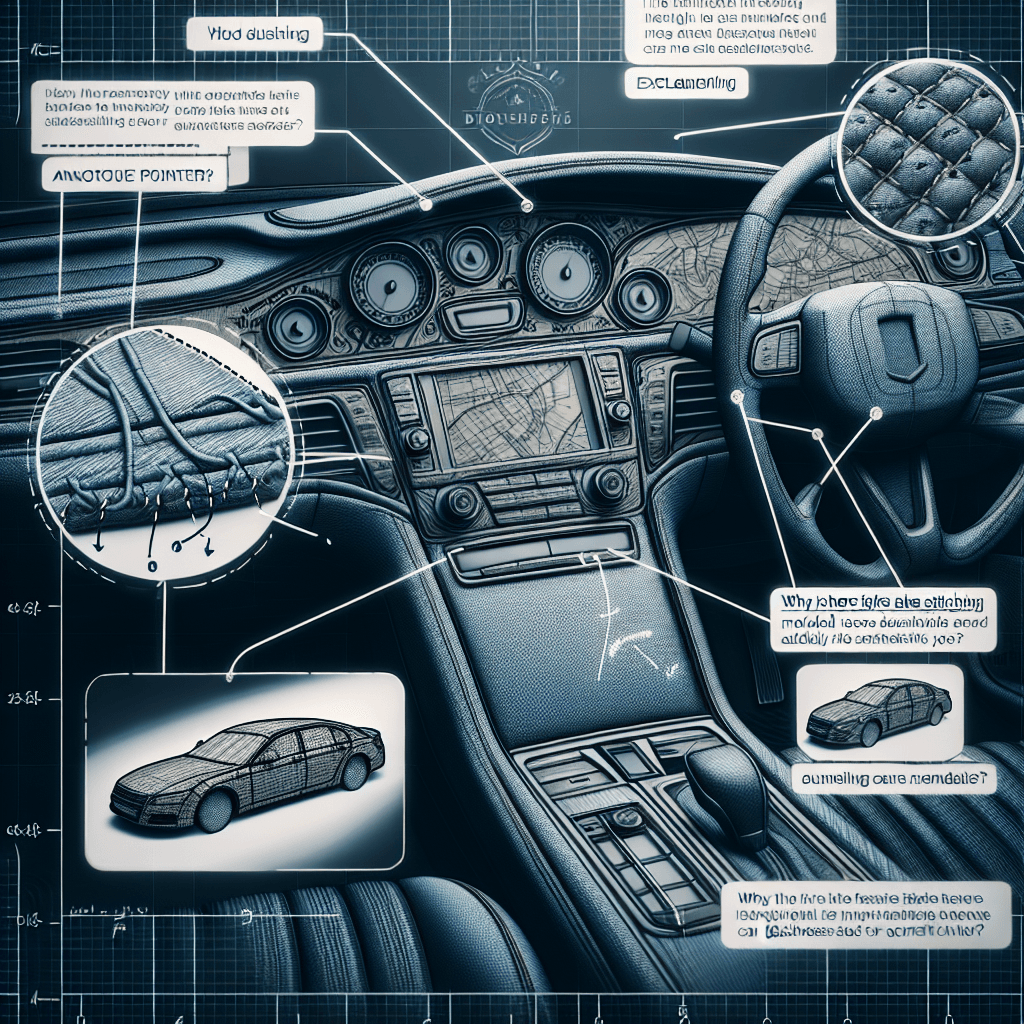Space Oddity: Why Do Astronaut Tears Float Instead of Fall
Ever wondered what happens when an astronaut cries in space? Instead of tracing a path down a cheek, tears in zero-gravity do something far more peculiar: they float.


Too Long; Didn't Read
Due to the lack of gravity in space, tears don't fall; they float as a liquid ball.
Space Oddity: Why Do Astronaut Tears Float Instead of Fall?
Ever wondered what happens when an astronaut cries in space? It’s a poignant thought, imagining human emotion in such an alien environment. While the feelings behind them are universal, tears themselves behave very differently far from Earth's pull. Instead of tracing a path down a cheek, they do something far more peculiar: they float. This isn't just a curious phenomenon; it highlights the profound ways physics operates in the final frontier. This post will delve into the science explaining exactly why astronaut tears float instead of fall, exploring the interplay of forces that turn a simple teardrop into a tiny, hovering orb.
The Dominant Force (Or Lack Thereof): Microgravity
The primary reason tears don't fall in space is the environment of microgravity. Often mistakenly called "zero gravity," microgravity isn't the complete absence of gravity. Objects in orbit, like the International Space Station (ISS) and its crew, are actually in a constant state of freefall. They are falling around the Earth, not into it, because of their immense sideways velocity.
- On Earth: Gravity is the dominant force dictating the path of a falling object, including tears. It pulls everything with mass towards the Earth's center, causing tears to well up and then stream downwards.
- In Orbit: This constant freefall creates a sensation of weightlessness. Because everything (the astronaut, the air, and the tear itself) is falling at the same rate, there's no relative "down" for the tear to fall towards. The strong, directional pull of Earth's gravity that we experience on the surface is effectively neutralized from the astronaut's perspective.
Without this strong gravitational pull dictating direction, other, weaker forces get their chance to shine.
Surface Tension: The Sticky Secret of Floating Tears
With gravity's influence dramatically reduced, another physical property of liquids takes center stage: surface tension.
What is Surface Tension?
Surface tension is a property of liquids that allows them to resist an external force. It's due to the cohesive forces between liquid molecules. At the surface of a liquid, molecules are pulled inwards by other molecules deeper inside the liquid, but they are not attracted as strongly by the molecules in the air above them. This imbalance creates a kind of "skin" on the liquid's surface, causing it to contract to the smallest possible surface area for its volume.
Tears in Microgravity
For tears, which are primarily water, this means:
- Spherical Shape: In microgravity, surface tension pulls a tear into a near-perfect sphere because a sphere has the smallest surface area for a given volume.
- Adhesion: Instead of being pulled away from the eye by gravity, the tear will cling to the astronaut's eye or skin due to adhesive forces (the attraction between the water molecules in the tear and the molecules of the skin/eyelash) and its own cohesive, surface-tension-driven integrity.
Astronauts have described this phenomenon. For example, Canadian astronaut Chris Hadfield has noted that tears don't fall; they well up and form a liquid ball that stings and blurs vision until wiped away. They don't simply detach and float off into the cabin on their own accord immediately; they accumulate around the eye.
The Astronaut Experience: Dealing with Tears in Space
So, what does this mean for an astronaut who might get emotional or simply get something in their eye?
- Accumulation: Tears will pool around the eye, growing into larger globules.
- Stinging Sensation: As the tear ball grows, it can become uncomfortable and sting the eyes.
- Vision Impairment: A large globule of water over the eye can blur vision.
- Manual Removal: Astronauts must physically wipe the tears away with a towel or their hand. If they were to detach, they would indeed float around the cabin as a small sphere of liquid until captured by an air filter or wiped up.
This is not unique to tears. Sweat, water from a drink, or any other liquid behaves similarly in microgravity, forming spheres and clinging to surfaces due to surface tension. Understanding these fluid dynamics is crucial for designing spacecraft systems, from water management to life support.
Conclusion: A Tiny Glimpse into Space Physics
The curious case of floating astronaut tears beautifully illustrates fundamental physics principles. In the microgravity environment of space, the overwhelming downward pull of gravity we experience on Earth is largely absent from an astronaut's reference frame. This allows the more subtle force of surface tension to dictate the behavior of liquids, causing tears to form clinging, spherical globules rather than falling. This not only answers the question of "Why do astronaut tears float instead of fall?" but also reminds us how profoundly different, yet scientifically understandable, even the simplest human experiences can be beyond our home planet. The study of such phenomena isn't just a curiosity; it's vital for ensuring astronaut safety, well-being, and the success of space missions.


